You don’t have to be an occupational therapist to be worried about the fine motor skills of the kiddos in your classroom. The dexterity of our students is about more than getting them to draw straight lines or neatly cut out shapes. Fine motor skills are about that direct link between the brain and muscle control and they’re linked directly to neuron development which helps our students in countless ways.
Chances are you’re already doing plenty of fine motor skills activities in your classroom, but if you’re looking for a few more activities that have been tried and tested by teachers, the teachers on the Teach Starter team have got you covered with ways to practise letter formation, develop scissor skills and more!
What Are Fine Motor Skills?
You probably know this already, but humour us for a moment, won’t you?
Fine motor movements involve the coordination of small muscles in the hands and fingers. Strong fine motor skills are essential when completing simple daily tasks, such as writing, opening lunch boxes, tying shoelaces and much more.
Of course, the bulk of the work around helping kids develop these skills happens in the early years. Not only are students literally flexing their muscles and building them up, they’re also developing hand-eye coordination that will serve them well in later school years (not to mention playing all those video games at home).
Fine Motor Skills Activities
The activities ahead make use of many household items or equipment that is easily accessible to most teachers. Feel free to borrow some ideas and store them in your bank of fine motor activities!
Have Non-Mess Paint Fun!
Put paint into a clear zipped bag (for extra reinforcement, duct tape the top). Using a cotton bud, children draw shapes, letters and numbers into the paint to practise writing lowercase letters or uppercase letters.
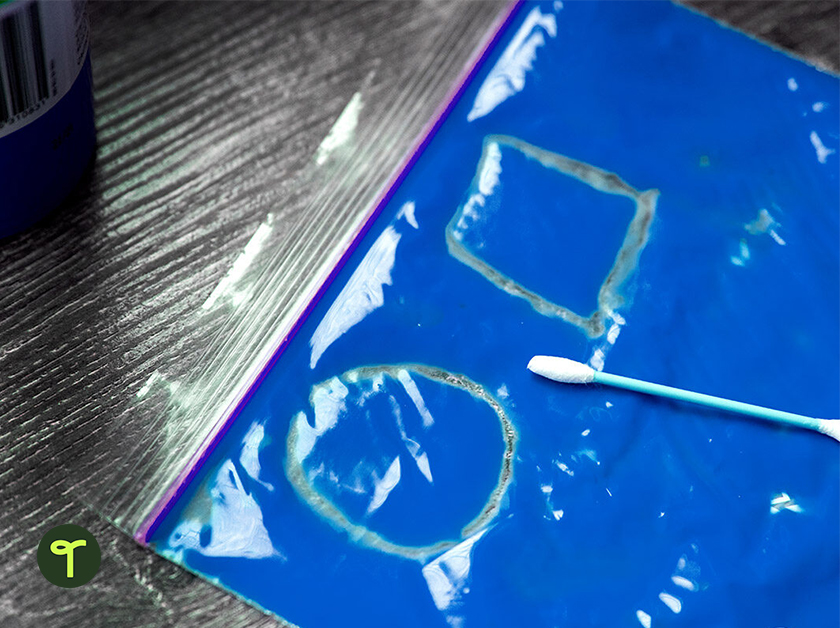
Teach Starter Teacher Tip: You can also buy hair gel at a cheap shop for the same thing and save your paint for another activity!
Use Tennis Ball Monsters to Strengthen the Hand Muscles
Tennis ball monsters are great for developing finger and hand muscles.
To make your own monster, cut a hole in a tennis ball to create a mouth, and stick circles on the tennis ball for the monster’s eyes! Challenge your students to then feed the monster as many marbles as they can.
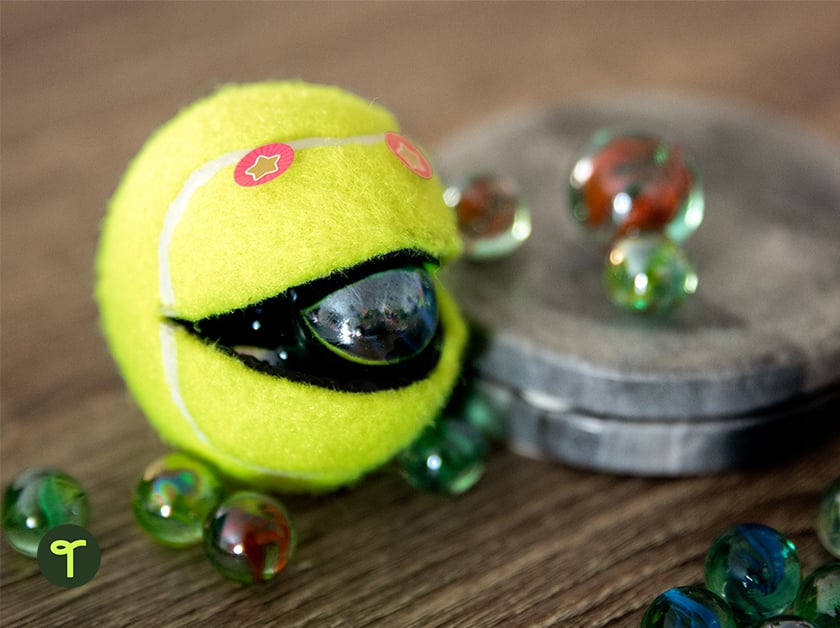
Bring Out the Shaving Cream
Using shaving cream for letter-writing practice or to draw shapes is an old teacher trick for cleaning the desks, and it is a great way to work those fine muscles when you’re teaching kinder. The cream has an added bonus of feeling cool and providing a different sensation on their fingertips.
Try a PomPom Fine Motor Activity
How cute are these fuzzy friends? We used our resource Fuzzy Friends Repeating Pattern Activity and turned it into a fine motor activity by getting students to use tweezers to pick up the pompoms and place them in their appropriate spots on the activity card. Students should match the colour of their fuzzy ball to the colour of the fuzzy friend on the page.
Try This Fly Swat Threading Fine Motor Activity
Using a fly swat or anything that has small holes, children thread pipe cleaners through the holes. This fine muscle activity is great for hand-eye coordination as well.
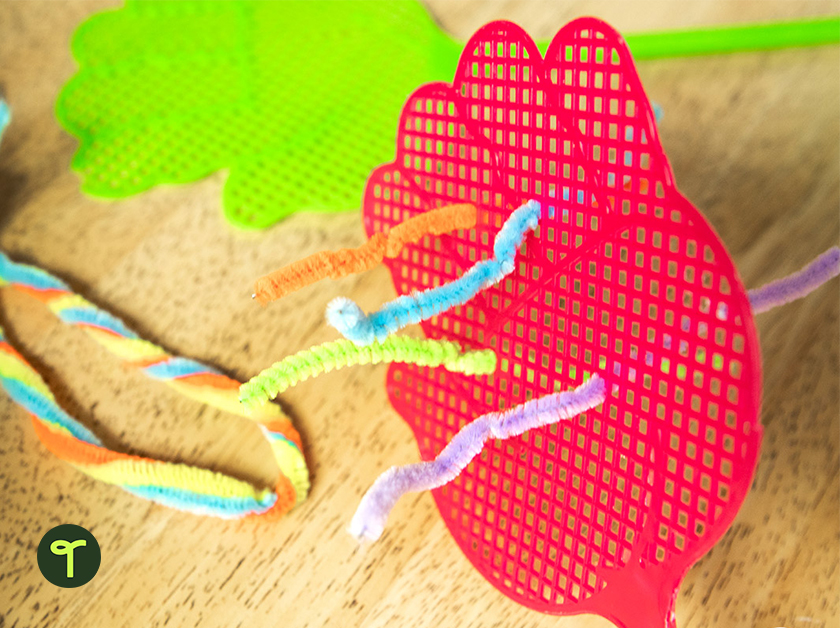
Use Wooden Pegs to Develop Grasp Skills
Using clothes pegs helps students develop their pincher grasp and prepares them to hold a pencil correctly. Try these fun activities involving pegs!
Give each student a paper cup and a pile of wooden pegs. Ask ‘How many pegs can you fit around the top of a paper cup?’
Or turn wooden pegs into animal legs and tails, and ask students to pin the legs and tail on the animals! Children can use their pointer finger and thumb to open the wooden pegs to create the animals. Have some fun and create silly-looking animals by swapping the legs and tails of each animal.
Pull Out the Easel
Working on a desk can be a challenge for some early years students who still need to develop different muscles. After all, standing to write at shoulder height uses different muscles than what holding a pencil and writing at a desk does. Students can try using thick barrelled markers, paintbrushes, or even crayons for different textures while ‘writing’ on an easel.
Make Up Stories
Want to work on oral language and imaginative play while building gross motor, core and hand muscles? Make up stories that involve different hand movements that will work those fingers and hands!
Marble Balance Fine Motor Activity
This is a favourite not only among our teacher team members but also ith their students. In this activity, children need to balance marbles on the top of a large set of building blocks, making sure the round object does not roll off.
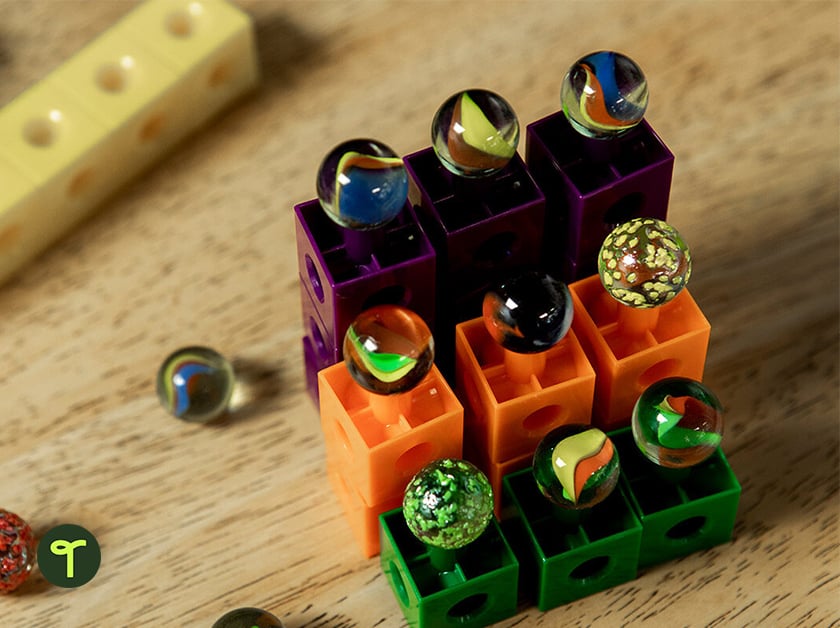
Teach Starter Teacher Tip: You can also use golf tees and marbles for a similar activity. To hold the golf tees upright, use florist foam — save the blocks when you receive flowers or buy new at an arts and craft store.
Practise Cutting Skills to Develop Fine Motor
This may seem simple, but kids love to cut things and it takes practise to learn to use scissors. Have children pick a pattern and then cut along the lines.
Download our Scissor Cutting Skills Strips – a set of 6 different lined strips.
Bring Out the Printable Lacing Cards
Using our Dinosaur Lacing Cards, place holes using a hole punch all the way around the animal. Students can then thread wool or string through the holes.
Because we know many kids love dinosaurs, these Dinosaur Lacing Card are part of a larger pack called the Dinosaurs Fine Motor Skills Resource Pack.
Here are some other activities:
[resource:3884454][resource:3885066][resource:3884818][resource:3751034]
Fine Motor Games for Kids
Reached your fine motor development activity limit? Not sure what else to do? Turn an activity into a game – kids love a good game and the option of beating a friend!
Cover the Animal Fine Motor Game
As you saw above, small pompoms have many uses in the classroom, and picking each one up individually with tweezers in order to place in another spot can help students work their dexterity.
Download our Subitising Animal Activity cards, and provide your students with some pompoms and dice for a fine motor game. The goal is to be the first person to fill all the circles on their animal with pompoms, but they must place them using tweezers. Each person takes turns rolling the dice and placing that number of pompoms on their animal.
Secret Threading Barrier Game
This is a great listening, speaking and fine motor game all in one! In the Secret Threading Task Cards game, there is a speaker and a listener.
Prior to beginning the game, the speaker selects one of the task cards and makes the threading sample, copying the photograph on the card.
The listener does not see the card. During the game, the speaker gives directions to the listener about which items to thread and in what order. The listener must listen carefully and reproduce the same threading sample.




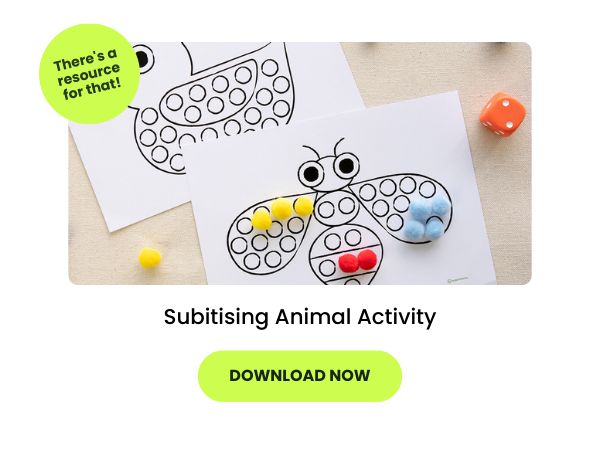
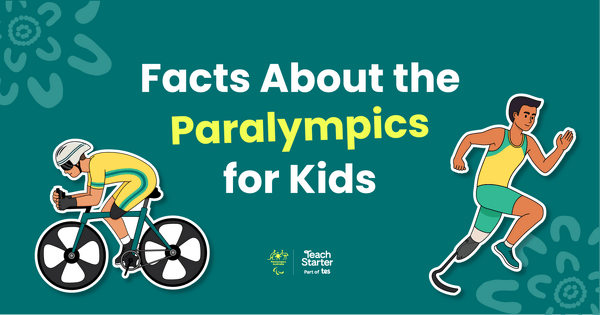


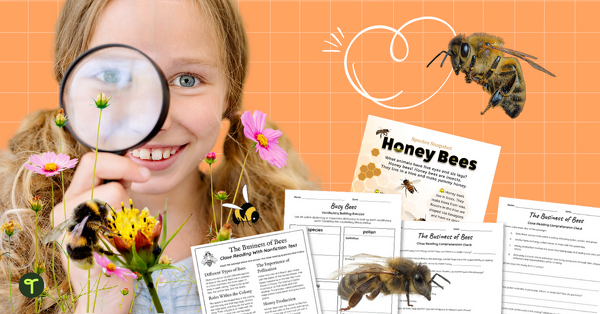
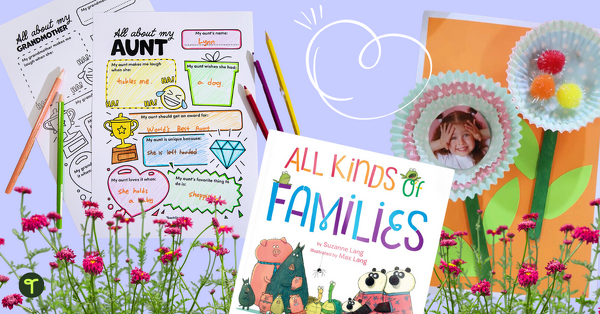
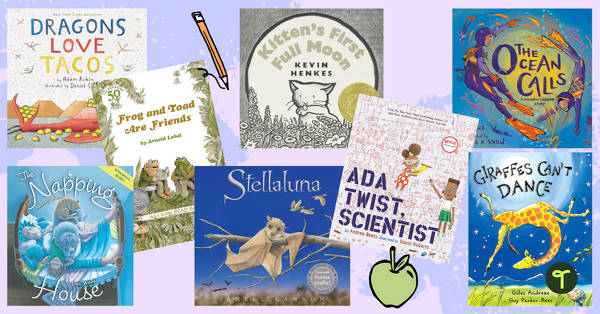
You're most welcome Marinela! I'm so sorry for the delayed response! I'm glad you have found this blog to be useful.
It's very nice to be a part of this Teach Starter. It will be a big help to my teaching profession especially i'm handling children with Autism that most of them have poor motor skills, no attention and first timer in school. God bless you for sharing this to us.